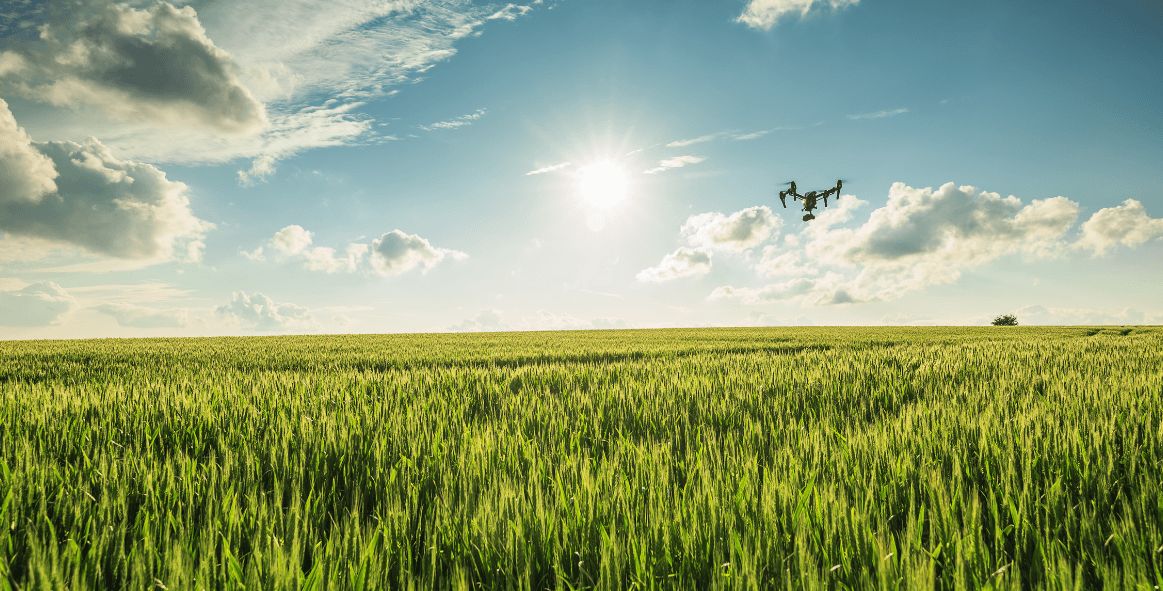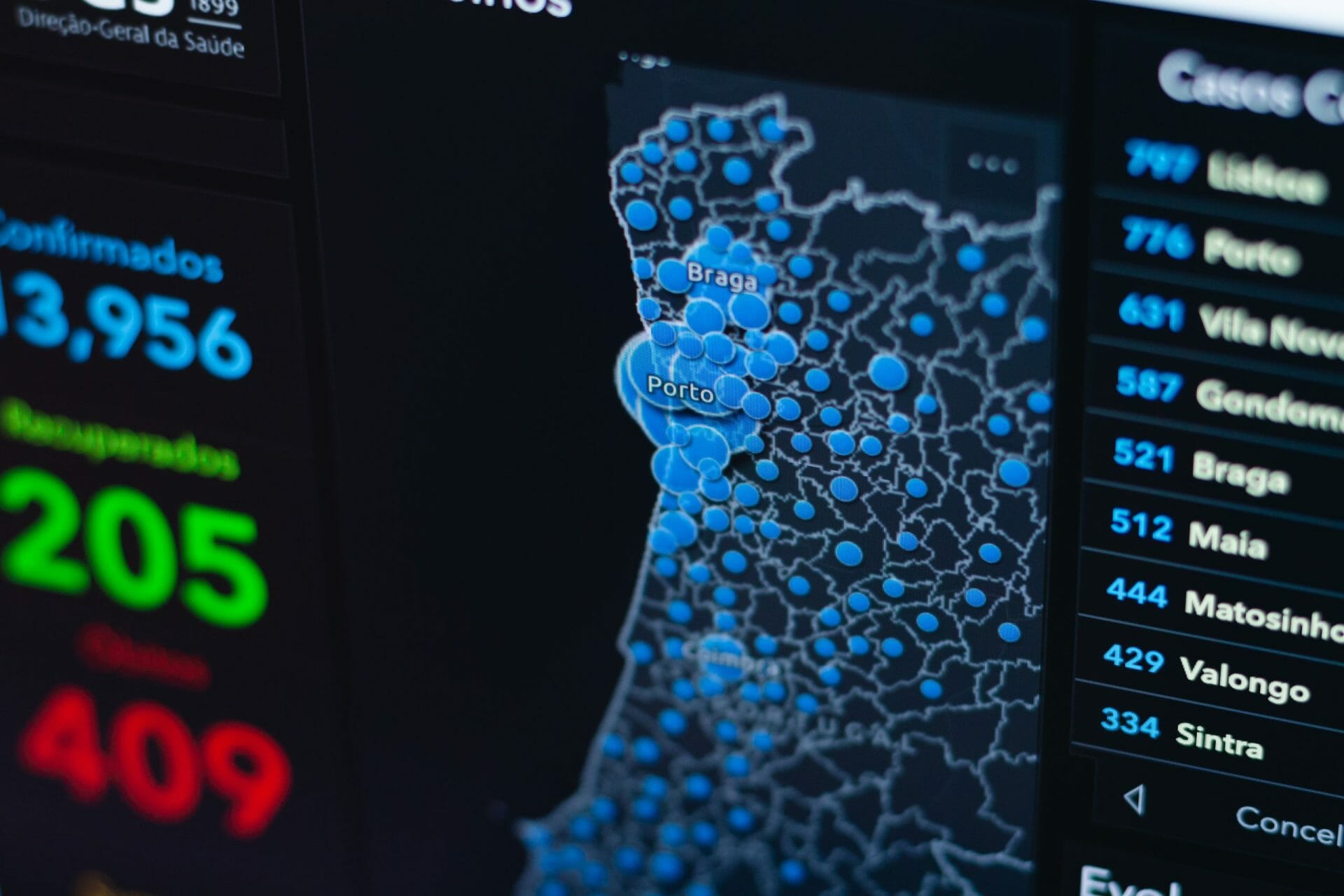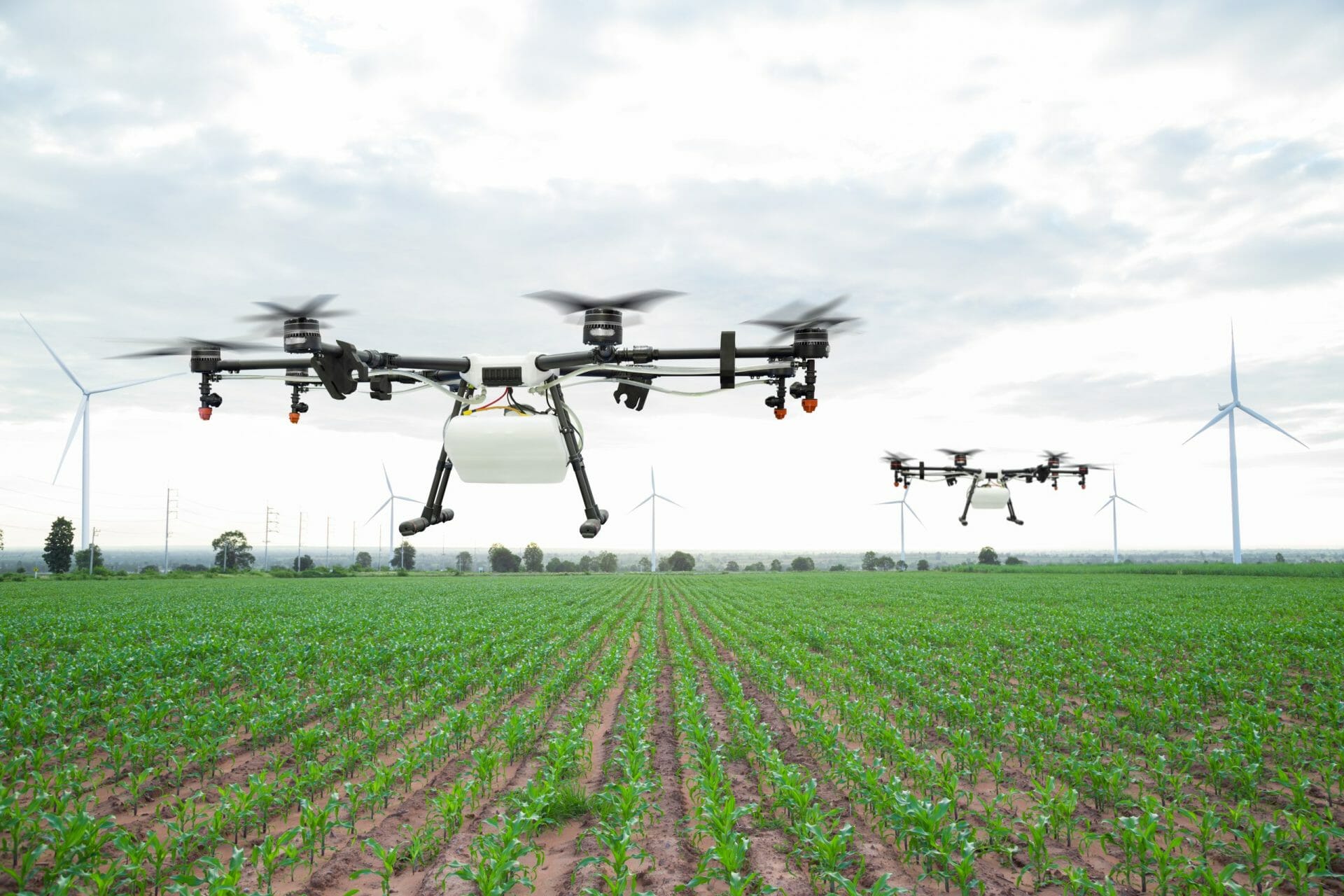Environmentally Friendly Drone Technology
The use of drones in science, renewable energy, geology, and agriculture is already a reality, which opens the door to a future filled with opportunities.

Drones are being employed in ever-increasing areas of life due to their wide range of possible applications. The use of drones in science, renewable energy, geology, and agriculture is already a reality, which opens the door to a future filled with opportunities. But when it comes to sustainability is it an ally or an enemy?
Unmanned Aerial vehicles, also known as drones, are essentially flying robots that can be remotely controlled or fly autonomously using flight plans that are controlled by software and onboard sensors and a global positioning system (GPS). The use of drones has rapidly increased because, in contrast to manned aircraft, they can stay in the air for extended periods of time, they are much less expensive than other aircrafts; and because they are operated remotely, there is no risk to the flight crew.
When we talk about our planet, drones can make a healthy difference with their technology:
1. Collection of Data
Data collection is perhaps the most visible way that drones contribute to the fight against climate change. Drones can access locations that are difficult for humans to get to, which lowers research expenses and improves data collecting accuracy.
Drones have been employed by researchers to assess surface reflectivity and record how much solar energy is reflected and absorbed by a region. This measurement is essential for comprehending climate change and can assist forest planners in deciding where to plant trees to maximise climatic benefits. In the past, satellites were usually used to obtain this data, but drones offer the advantage of being more manoeuvrable.

2. Lowered Gas Emissions
A study comparing the environmental impact of various ‘last-mile’ delivery methods — which takes a package on the final leg of its journey — finds that greenhouse-gas emissions per parcel were 84% lower for drones than for diesel trucks. Drones also consumed up to 94% less energy per parcel than trucks. The use of drones for the final stages of small item distribution offers the greatest promise for reducing carbon dioxide emissions from vehicles heading to individual residences from loading sites.
CO2 levels in the atmosphere have risen from roughly 275 parts per million (ppm) before the industrial revolution to over 410 parts per million (ppm) in 2020 as a result of human-caused CO2 emissions, an increase of 50 per cent. According to the United Nations, greenhouse gas concentrations are rising far too quickly to keep global warming below the targeted 1.5 degrees Celsius. They are also a major source of air pollutants that have an impact on human health and safety. According to the data, drone-based autonomous applications can help expedite the transition to a low-carbon society by reducing global GHG emissions by 0.9 – 2.4 gigatons of CO2 equivalent (GtCO2e) by 2030.

3. Planting Trees
Nature is struggling to fulfil its tasks owing to the growing environmental conditions in today’s world. By quickly establishing new forests, restoring timber-harvested areas, reseeding in fire-devastated zones more quickly, and reaching hard-to-reach areas, the use of drones to spread seeds could contribute to the cooling of the globe.
FAO (Food and agriculture organisation) estimates that annually between 20 to 40 per cent of global crop production is lost to pests. Each year, plant diseases cost the global economy around $220 billion, and invasive insects around US $70 billion.
Precision agriculture technologies use IoT sensors, cameras, microphones, and satellite systems as well as control and robotics to enable automatic real‑time monitoring of plant welfare, production, and environmental impacts to increase efficiency. Increased adoption of these technologies could reduce emissions by roughly 4.3% while minimising product loss through disease.

At Unmanned Life, we understand the responsibilities we have towards our planet, and we are developing the most cutting-edge autonomous solutions for decarbonization, reforestation, and long-term growth to alleviate and permanently alter climate concerns.
On a company level or individually, it is our moral duty to work for social and environmental justice. As a sustainable software platform, we are increasing the scope of our deployments and utilising drones to lower emissions by more than 25x in our use cases. We are offering various drone-based applications like emergency search and rescue to save more lives and autonomously planting trees for smart forestry.
About Unmanned Life: Unmanned Life is changing the way robots are being deployed by providing seamless orchestration of autonomous robotics with its Autonomy-as-a-Service software platform. Unmanned Life integrates different technologies such as AI, 5G, and Edge computing with multiple robots, like drones and/or autonomous mobile robots (AMRs) and a variety of capabilities to enable autonomous robotics operations across multiple industries in particular, Industry 4.0 and Smart Cities.
Sources :
1 https://www.fao.org/news/story/en/item/1187738/icode/
3 https://www.nature.com/articles/d41586-022-02101-3
4 https://www.pwc.co.uk/sustainability-climate-change/assets/pdf/how-ai-can-enable-a-sustainable-future.pdf



